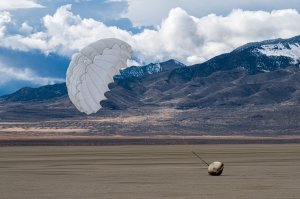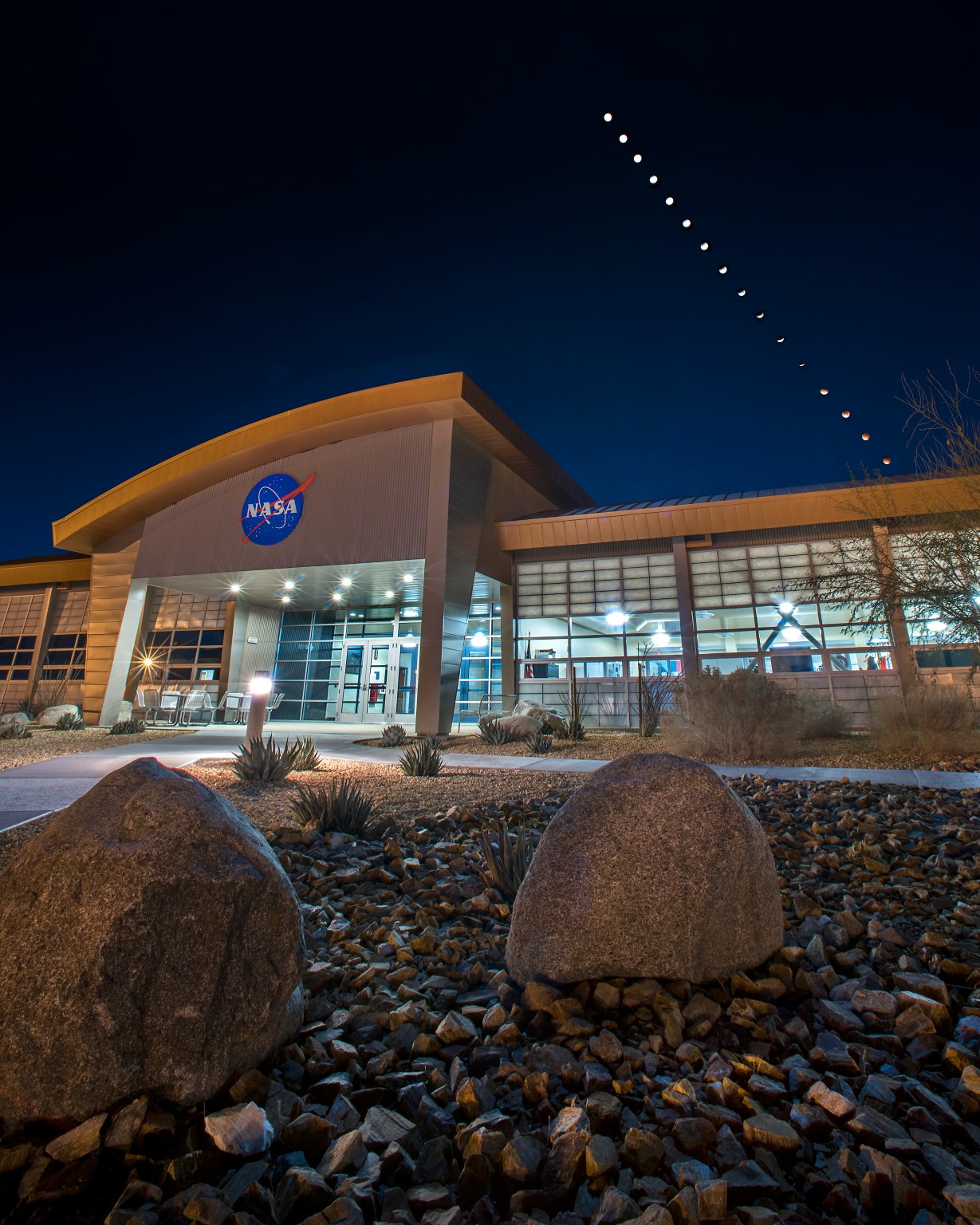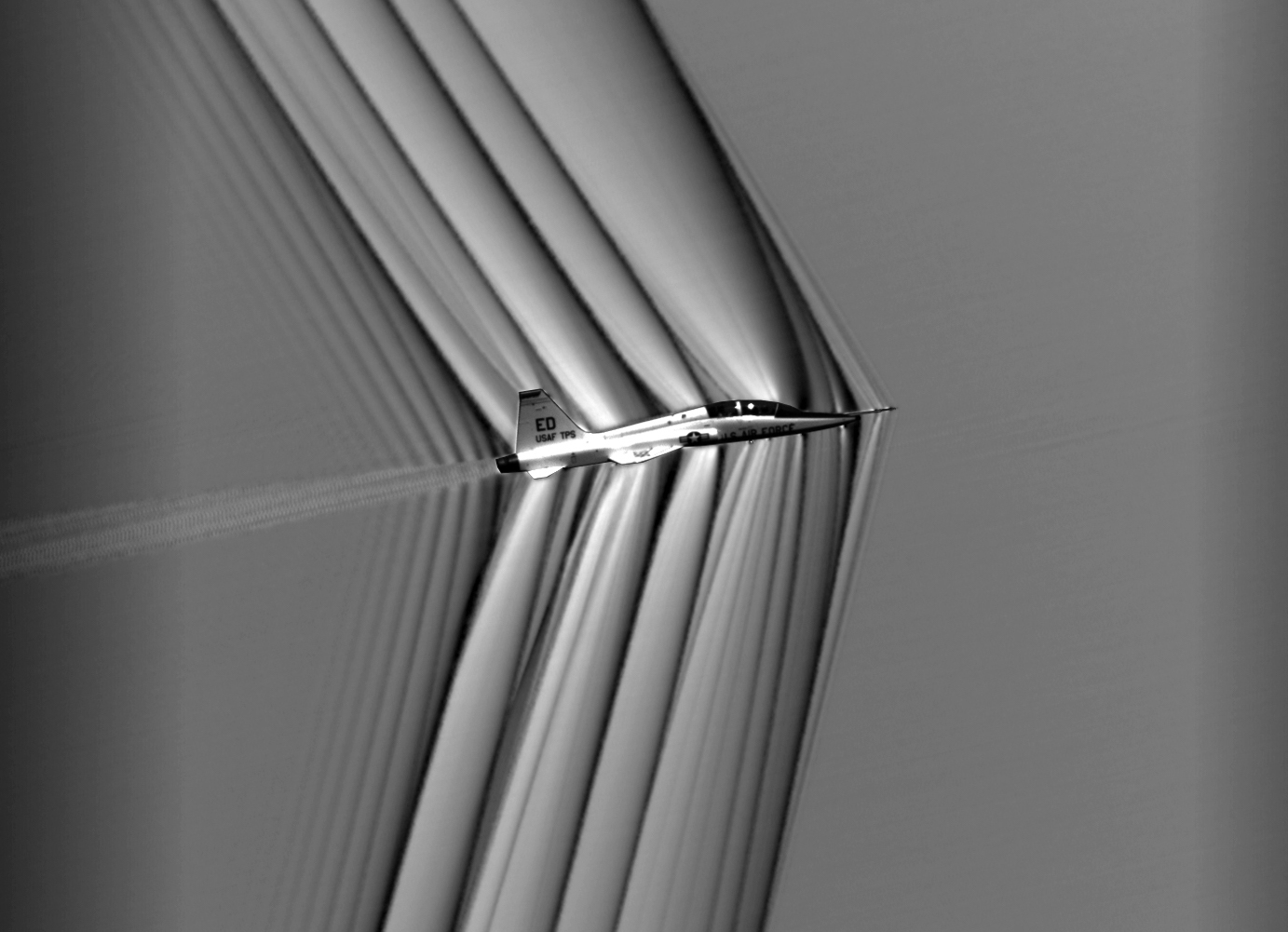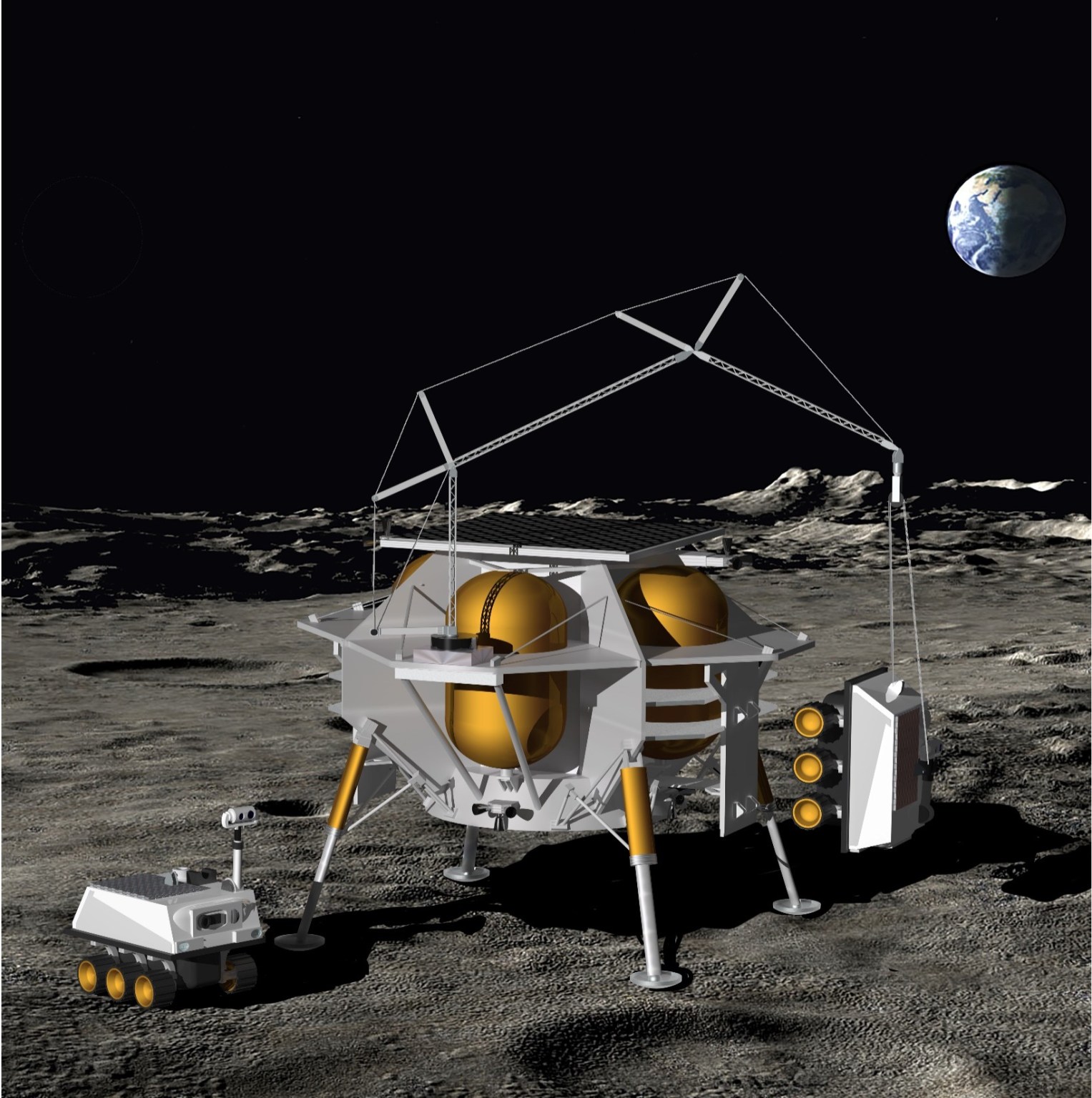3 min read
Preparations for Next Moonwalk Simulations Underway (and Underwater)

NASA researchers are looking at the possibility of using a wingless, unpowered aircraft design from the 1960s to gather atmospheric data on other planets – doing the same work as small satellites but potentially better and more economically.
John Bodylski, a principal investigator at NASA’s Armstrong Flight Research Center in Edwards, California, hypothesized a lifting body aircraft design NASA tested decades ago could meet the requirements for an atmospheric probe that can collect measurements of giant planets, like Uranus. The design relies on the aircraft’s shape for lift, rather than wings.
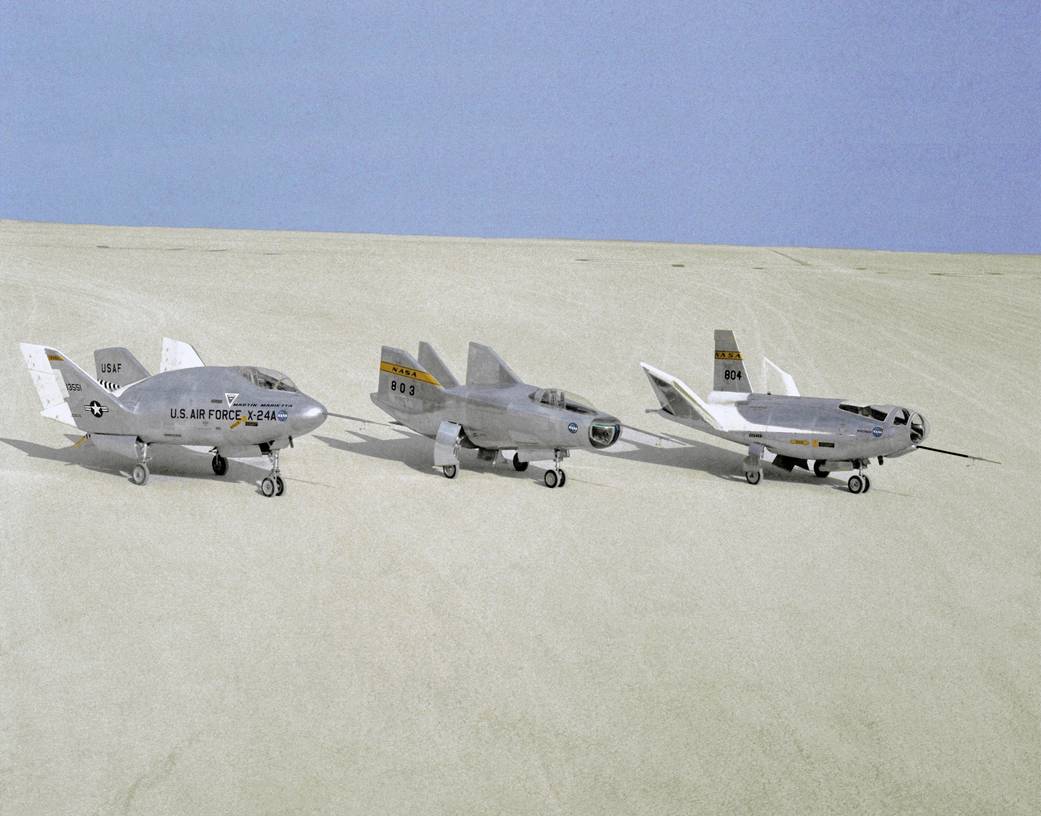
Bodylski submitted his idea and earned a NASA Armstrong Center Innovation Fund award to write a technical paper explaining the concept and design. The award also supports construction of models to help people conceptualize his atmospheric probe. Enter the NASA Armstrong Dale Reed Subscale Flight Research Laboratory.
Robert “Red” Jensen and Justin Hall, two of the lab’s designers, technicians, and pilots, brought Bodylski’s designs to life. Jensen and Hall created a mold, then layered in carbon-fiber and foam that cured for eight hours under vacuum. The parts were removed from the molds, refined, and later joined together.


The first of the two lifting body aircraft, both of which are 27 1/2 inches long, and 24 inches wide, is complete and offers a first look at the concept. The second aircraft is almost ready and includes hinged flight control surfaces. Flight controls systems connected to those surfaces will be mounted inside the structure before the model’s final assembly.
Together, the two models can test Bodylski’s ideas and provide flight data for creating better computer models. In the future, those computer models could help researchers built atmospheric probes based on those designs. Bodylski’s concept called for sending the aircraft on missions attached to satellites. Once in the orbit of a planet, the probe aircraft – about the same size as the models – would separate from the satellite through pyrotechnic bolts, deploying in the atmosphere to collect data for study.

Current atmospheric probes, small satellites known as CubeSats, gather and transmit data for about 40 minutes and can take in approximately 10 data points before their parent satellite is out of range. Bodylski’s design could descend more rapidly and at a steeper angle, collecting the same information in 10 minutes, plus additional data for another 30 minutes from much deeper in a thick atmosphere.
Following a series of technical briefings and flight readiness reviews, the aircraft is expected to fly in March 2024. It will fly as a glider air-launched from a cradle attached to rotorcraft often used by the lab. Future tests could include powered flight depending on what data researchers determine they need.
“We are looking to take an idea to flight and show that a lifting body aircraft can fly as a probe at this scale – that it can be stable, that components can be integrated into the probe, and that the aircraft can achieve some amount of lift,” Bodylski said.
Share
Details
Related Terms
from NASA https://ift.tt/qxlX3ai


